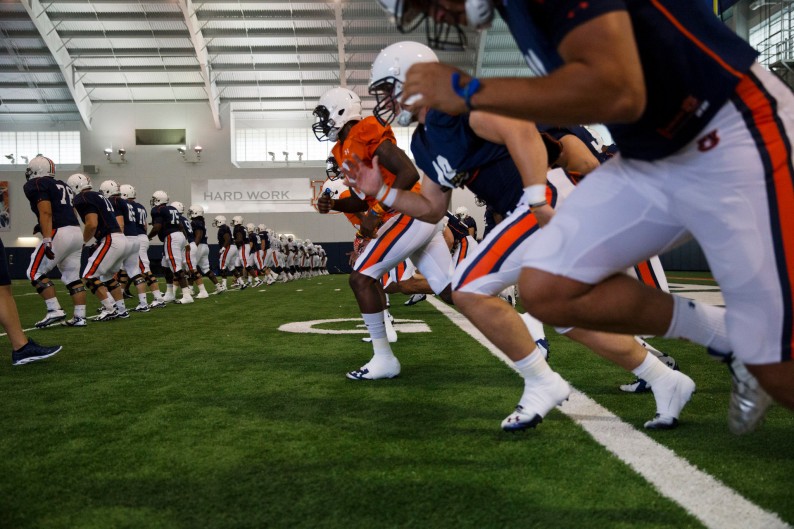To the typical fan, college sports will look much the same. The football field will still be 100 yards and a 3-pointer will still be worth, well, 3 points.
But off the field, significant changes are underway. On Thursday, the N.C.A.A. moved ahead with a plan that empowers the universities in the five wealthiest athletics conferences — the so-called Big 5 — to effectively play by their own rules.
With more autonomy, those conferences — the Southeastern Conference, the Atlantic Coast Conference, the Pacific-12, the Big Ten and the Big 12 — can set their own rules, which could have giant implications for college sports.
Here’s a primer on what the developments mean:
So, what’s the biggest change here?
The N.C.A.A. is acknowledging that in college sports, all is not equal. The Big 5 conferences, with their lavish facilities and expansive stadiums, have long been a class apart, and Thursday’s vote makes that top-tier status official. The vote also effectively declares that some of the old rules that governed the powerhouse programs are out of date, and that the big conferences should be able to set their own guidelines.
The vote is a nod to how much power the Alabamas and the Ohio States of the world wield on the college sports landscape.
Will the universities in the Big 5 conferences now pay their athletes big salaries like their professional counterparts?
Not quite. Don’t expect to see Louisiana State University awarding its next quarterback a $10 million signing bonus, or Kentucky’s point guard landing his own endorsement deal. It is more likely that the colleges in the Big 5 conferences will award scholarships worth a few thousand dollars more.
So, what rule changes should we expect?
The wealthiest colleges say they have long had the resources to provide better care for their athletes, but the N.C.A.A. rules would not let them. Now, college officials argue, they will be able to provide better medical coverage for athletes, in addition to offering more robust scholarships. The athletes will be allowed to borrow against future earnings for insurance.
The new rules could overhaul the recruiting process and lift restrictions against how athletes interact with advisers and agents. Under the old rules, nearly all contact was forbidden.
Universities would also be able to provide more food to their athletes.
So, is this good for the athletes?
The Big 5 conferences argue that the athletes will be better off. But critics say that the changes amount to window dressing and that the fundamental unfairness of college sports — the N.C.A.A. and its members profit off athletes, who risk their bodies in competition, without giving them a fair share of the profits — remains unchanged.
College sports are awash in money. Does this mean the Big 5 conferences will spend even more?
Almost certainly. Early estimates say some colleges could end up spending $5 million more per year on athletics. (Sports budgets at Big 5 universities can top $60 million.)
Read more: How New N.C.A.A. Rules Will Work













Leave A Comment